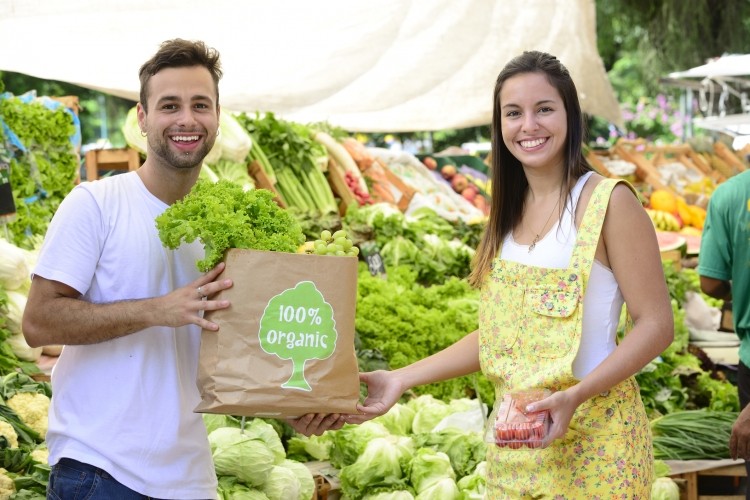Household usage of organic foods climbs to 30% in seven years: Packaged Facts

Using data from Packaged Facts National Consumer Surveys* and Simmons Profile Reports**, “The Organic and Clean Label Food Consumer in the U.S.” by Packaged Facts explores the priorities, preferences, and attitudes that drive organic and clean label food purchases.
The Simmons data reveals that household usage of organic foods climbed to nearly 30% and the gap between users and non-users narrowed by nearly 10% between 2010 and 2017. In addition, the share of grocery shoppers specifically seeking organic or natural foods grew by five% over the seven-year period, and now also approaches 30%.
“At 34% penetration for fruit and 31% for vegetables, fresh produce has the highest household usage rate of any organic food category tracked by Simmons. Nearly 30% of households use organic eggs most often, an increase of one-third since 2010. Organic milk has just half the share of organic eggs, but its household penetration more than tripled over the 2010-2017 period,” notes the report.
The Simmons data tracks 13 types of foods adults eat when watching their diets, and the data shows that only natural/organic showed increased usage between 2010 and 2017 to reach 15%.
Who and why are they buying?
Perhaps unsurprisingly, there is a widespread belief among the general American consumer that “natural, organic, and humane agricultural practices produce foods that are healthier, tastier, or more nutritious”, says Packaged Facts, with food safety concerns cited as a key driver for choosing clean label foods, and often relate to methods of production that USDA organic certification prohibits.
“Two-thirds of all adults identify GMOs in animal feed, the use of growth hormones, and the use of antibiotics to enhance production as sources of concern,” stated the report, while local also plays into consumer preferences: “More than 70% of adults who mainly buy organic and natural foods when grocery shopping express a preference for regional and local companies over large food corporations.”
The demographic profiles of organic and clean label consumers are either younger, lower income people with small children, and upscale folks with higher educational attainment and household income. Similar profiles are seen for consumers buying locally grown foods, but these do tend to be older consumers, notes the report.
“[T]he organic/clean label consumer is informed, curious, and engaged, active in the management of his or her own health and wellness, and often highly educated and accomplished professionally. However, it is also true that there is a powerful emotional component to clean label consumerism. It’s personal.”
The implications for retailers
So what does this all mean from a retail perspective? Packaged Facts notes that consumers of organic and clean label products enjoy shopping and they expect more from a grocery store. These consumers are less likely than average to decide where to shop for groceries based on low prices, and they are significantly more likely to consider take-out foods and meals; and in-store coffee shop/coffee to-go options.
The quality of the fresh produce department is a key decider for many of these natural/organic consumers, with about 80% of these consumers listing this as the main factor, followed by quality of the fresh meat and poultry, the quality of the fresh seafood department, and the selection of organic vegetables and fruit.
“Shopability connotes an easy, pleasant, and productive shopping experience,” notes the report.
Quoting Rick Stein, VP of fresh at the Food Marketing Institute, from an August 2017 blog post: “For retailers to succeed, we must consider a succinct and consistent definition of local that can be portrayed through in-store co-marketing between retailers and growers, as well as, information on environmental programs. Throughout the year, grocers can offer an assortment of local items focused on freshness. This requires cultivating long-term relationships with farmers and suppliers to create the farmer-to-consumer experience.”
Sources
* The Packaged Facts National Online Consumer Survey includes a nationally representative sample of 2,000 US adults (age 18 and older).
** Simmons Profile Reports from Simmons Research, LLC is an ongoing survey of large and randomly selected samples of consumers (approximately 25,000 for each 12-month survey compilation).















